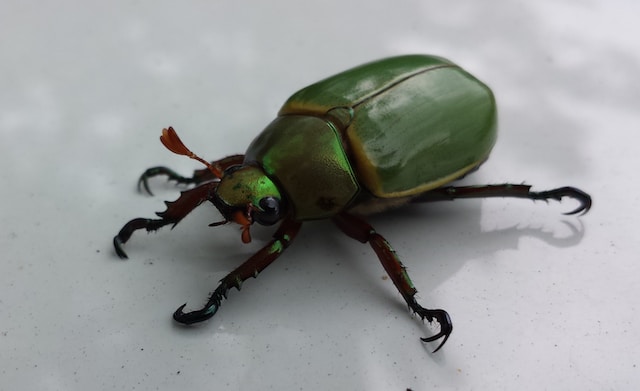Introduction: The battle against bed bugs requires a comprehensive approach that combines prevention and control strategies. As these resilient pests continue to infest homes, hotels, and public spaces, it is essential to understand effective measures for preventing bed bug infestations and implementing control methods if an infestation occurs. In this article, we explore practical tips and strategies for the prevention and control of bed bugs.
- Vigilant Inspection and Early Detection: Regular inspections are crucial for detecting bed bugs in their early stages before they can establish a large infestation. Thoroughly examine your mattress, bedding, furniture, and surrounding areas, paying close attention to cracks, crevices, and hiding spots. Look for signs such as dark stains, discarded exoskeletons, eggs, and live bed bugs. Prompt detection increases the chances of successful control.
- Bed Bug-Proof Mattress Encasements: Encasing your mattress and box spring with specially designed bed bug-proof encasements can help prevent bed bugs from infesting these areas. These encasements create a protective barrier, making it difficult for bed bugs to penetrate and establish harborage. Ensure the encasements are labeled specifically for bed bug prevention and are of high quality.
- Minimize Clutter: Reducing clutter in your living spaces reduces hiding places for bed bugs and makes detection and control easier. Declutter bedrooms, storage areas, and other spaces to eliminate potential hiding spots. Bed bugs can hide in clothing, books, and other personal items, so maintain a tidy environment and store belongings in sealed containers when possible.
- Mindful Travel Practices: Bed bugs often hitchhike on luggage and personal belongings, making travel a common way for infestations to spread. When traveling, inspect hotel rooms thoroughly before unpacking, paying close attention to the mattress, headboard, and nearby furniture. Keep luggage elevated and away from beds and furniture. After returning home, unpack your belongings outside and inspect them carefully before bringing them inside.
- Heat and Cold Treatment: Extreme temperatures can be effective in killing bed bugs. Exposing infested items, such as bedding, clothing, and small furniture, to high heat (at least 113°F or 45°C) for a sustained period can eradicate bed bugs. Similarly, placing infested items in a freezer at temperatures below 0°F (-18°C) for several days can also kill bed bugs. However, professional treatment may be necessary for large infestations.
- Professional Pest Control: If you suspect or confirm a bed bug infestation, it is advisable to seek professional pest control services. Experienced professionals have the knowledge and expertise to effectively eliminate bed bugs. They may use a combination of methods, such as heat treatments, insecticides, and targeted inspections, to ensure thorough eradication. Follow their recommendations for preparation and follow-up actions.
- Education and Awareness: Raising awareness about bed bugs is crucial in preventing infestations and controlling their spread. Educate yourself and your community about the signs, prevention methods, and treatment options for bed bugs. Share information with friends, neighbors, and local organizations to promote early detection and prompt action.
Conclusion: Preventing and controlling bed bugs requires a proactive and multifaceted approach. By adopting vigilant inspection practices, bed bug-proofing mattresses, minimizing clutter, practicing mindful travel habits, considering heat and cold treatments, seeking professional pest control when needed, and promoting education and awareness, individuals can significantly reduce the risk of bed bug infestations. Remember, early detection and swift action are key to successfully preventing and controlling these resilient pests.




